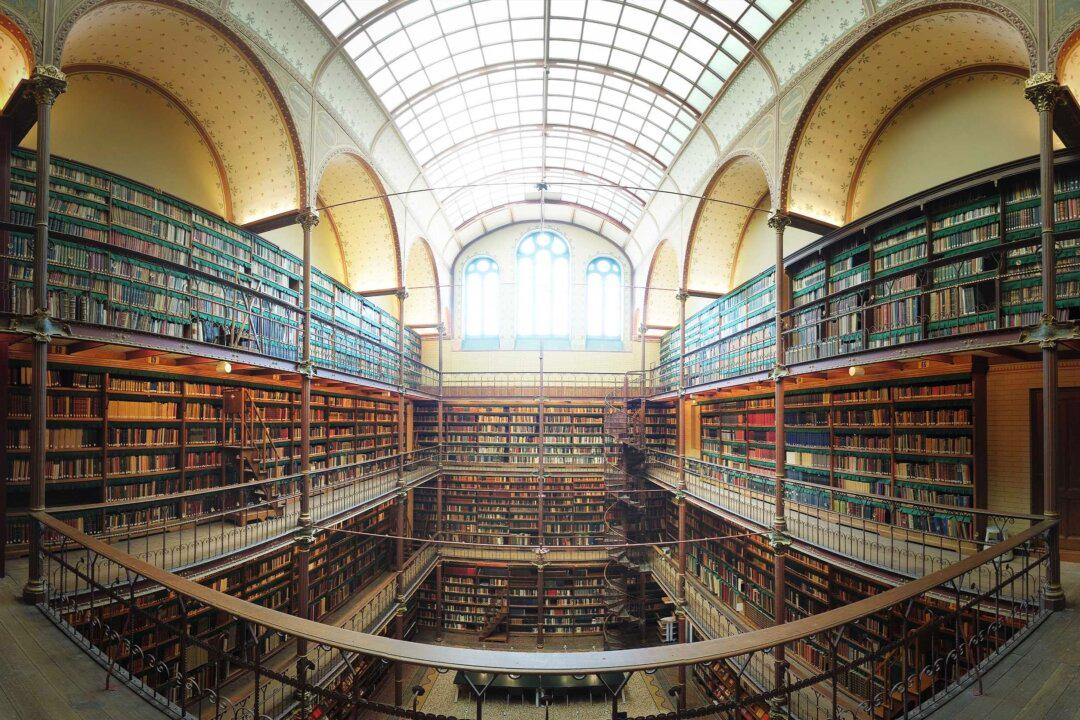A sign on the wall tells us discretely in Dutch that we are in a library:
“Thou hast two eyes and but one mouth. Let this be a sign to you—read much, and not to speak.”

A sign on the wall tells us discretely in Dutch that we are in a library:
“Thou hast two eyes and but one mouth. Let this be a sign to you—read much, and not to speak.”